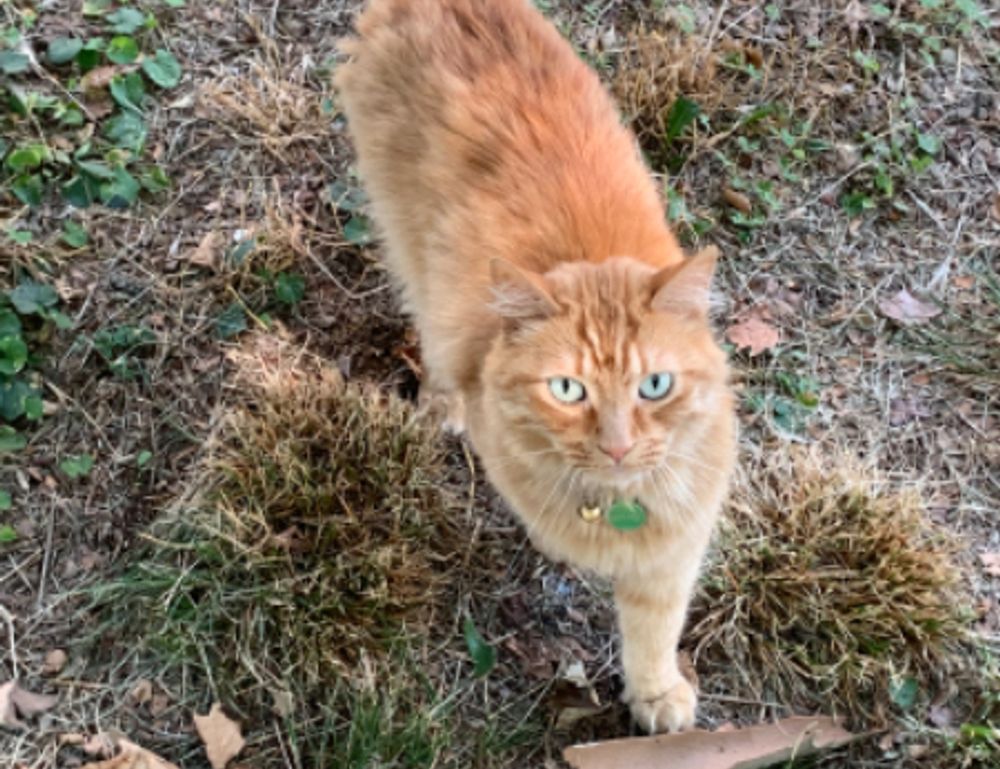What Is Kalimac Hogpen?
At its core, kalimac hogpen refers to a rustic, nofrills style of housing pigs that emphasizes resourcefulness over technology. We’re talking about pens often made from reclaimed wood, salvaged fencing, and good oldfashioned dirt management. There’s no industrial ventilation or smart farming tech here—just practical design and handson care.
But more than a structure, kalimac hogpen has grown into a miniature philosophy: fix what you have, grow what you can, waste nothing. It’s the embodiment of the phrase “farm smart, not expensive.” It’s popular among microfarmers, offgridders, and anyone trying to raise livestock without dropping five figures to get started.
Who’s Using It—and Why?
Smallscale farmers, homesteaders, and even some urban fringe agriculturalists have turned to kalimac hogpen approaches because they simply work. For folks raising a few pigs for personal consumption or local sale, the setup is budgetfriendly, easy to maintain, and doesn’t require a fortress of permits.
Pigs, as it turns out, don’t need luxury. They need airflow, shade, clean bedding, and a place to root. A kalimac hogpen delivers that without frills. It also honors a scale of farming that values care over capacity.
Building One: Form Meets Function
Constructing your own kalimac hogpen isn’t complicated, but it helps to follow a few smart principles:
Location Matters – High and dry ground saves you from mud holes and unnecessary pig stress. Materials on Hand – Pallets, roughcut lumber, shipping crates—if it’s sturdy, it’s useful. Bedding Basics – Straw or sawdust makes for a good base. Change it regularly. Fencing – Electrified wire does the trick, but old fencing can be repurposed with a little creativity.
Most designs are about adaptability. Got a slope? Build into it. Need portability? Add wheels. It’s all about using what the land and your resources allow.
Costs and Payoffs
The sticker price? Sometimes zero, depending on your scavenging skills. Most kalimac hogpen builds come together for under $200—and that’s including fasteners and shelter roofing.
More importantly, the payoff isn’t just financial. It’s mental clarity. You’re not trapped in a cycle of upgrades and maintenance contracts. You don’t need a service tech to clean your pigpen. The simplicity invites you to focus on the animals, the land, and the work itself.
Sustainability in Action
There’s also a green upside. Lowimpact construction means less processed material. Repurposing what you already have reduces waste. And with pigs tilling and fertilizing as they go, you’re working in sync with nature.
Plus, by investing in infrastructure that’s light on the earth and heavy on durability, you’re reducing longterm ecological impact. A kalimac hogpen isn’t just practical—it’s a small protest against industrial excess.
Culture and Community
Spend time in certain Facebook groups or Reddit threads and you’ll find people showing off their latest hogpen hacks. A guy in West Virginia built his using stormfallen timber. Someone else in Oregon retrofitted a sheep shack. The kalimac hogpen mindset is less about rules and more about respect—respect for the craft, the animal, and the community of makers doing things in their own way.
That community is growing. Local meetups, YouTube tutorials, and even zines like “Pastured Pigs & HandBuilt Pens” have sprung up to share ideas. It’s DIY farming with a purpose.
LongTerm Viability
Some critics say kalimac hogpen setups won’t scale, and they’re right—but that’s the point. This isn’t about industrial success. It’s about sustainable independence. For people looking to raise a handful of pigs with intention rather than churn out hundreds on a conveyor belt, it works perfectly.
If you’re planning on building a fullscale pork empire, sure, you’ll need more than a few fence posts and some tin roofing. But for 90% of people getting into pigs, this style strikes the sweet spot.
Final Takeaway
Whether you’re new to livestock or just trying to do more with less, adopting a kalimac hogpen approach can be a smart leap. It’s frugal, functional, and driven by a mindset that values effort over expense. You might not win style points, but you will earn a lot of practicality—and a cleaner conscience.
Sometimes the best solutions aren’t found in slick brochures or startup pitch decks. Sometimes they’re fenced in with reclaimed barn doors and powered by sweat. Kalimac hogpen isn’t just a way to house pigs—it’s a gentle rebellion against waste, complication, and unnecessary overhead.
It works. And that’s enough.
